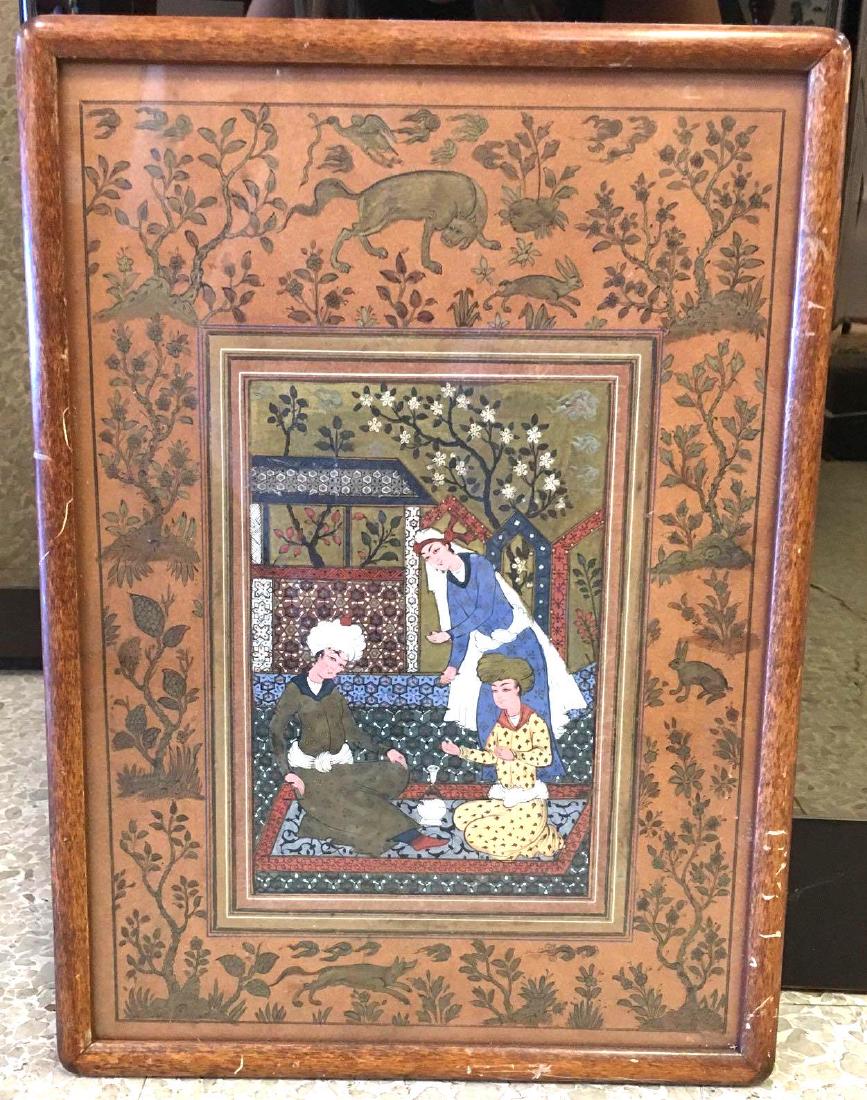

The Schools of the Illuminated Manuscripts Although this art was decelerated when the western culture conquered the country, illuminated manuscripts are still full-blown with the invaluable efforts by the eminent and committed Iranian artisans. The kings called painters, bookbinders and the craftsmen from various regions of Iran and started to work in the libraries of the capital city thus, invaluable masterpieces were created that adorned the Iranian museums in the world. Illuminated manuscript reached its peak when the people in the Seljuk Empire and the Timurid Era started working as professional artisans in this field that was the reason why this art blossomed and the most beautiful manuscripts were generated. Although this art lost its eloquence, it gained dynamism again. After Islam, the illuminated manuscripts were taken by the Islamic and Arab governments then were named as “Islamic Art”. The background of using this art in designing the Iranian books goes back to Sasanian era.

The teachers and artisans in this field, use such art in various books to make the golden pages of the literal and religious texts more beautiful therefore, the pages are designed by tree and flower pattern arabesque designs. (A sample of an Illuminated Manuscript of Sūrat al-Fātiḥah) Islamic manuscripts may be referred to as illuminated, illustrated or painted works. Far Eastern and Mesoamerican works are described as painted. In the strictest definition, the term refers only to manuscripts decorated with gold or silver but in both common usage and modern scholarship, the term refers to any decorated or illustrated manuscript. An illuminated manuscript is a manuscript in which the text is supplemented with such decoration as initials, borders (marginalia) and miniature illustrations.


 0 kommentar(er)
0 kommentar(er)
